Learning how to write names is a big accomplishment for young children. It is often one of the first writing goals they will reach! There are several ways to ensure that your child is learning to write their name correctly. Practising writing their name should give kids a feeling of success and help them on the path to reading and writing well. Here are some helpful name activities to assist them in reaching this important goal with ease, excitement, and confidence.
- Follow the dotted lines to practice writing
Before your child can learn name writing, they need to develop basic motor skills for writing letters. A good way to do this is by having them trace over the dotted lines that make up each letter in their name. This will help them improve their motor skills and learn how to form letters
It is important to remind your child to always start at the top when reading and writing, moving down to the bottom and from left to right. When they start name writing, whether with dotted lines or on their own, make sure that they begin at the top.
- Show their name on signs and stickers
Encourage your child to get used to seeing their name written in their room or throughout the house. Put their name on their lunch boxes, toy bins, and books, and put up signs on the walls that show their name written in both uppercase and lowercase letters.
- Have fun experimenting with letter formation
Many kids enjoy learning through name activities. Instead of using just a pencil and paper, try using clay, paints, candy, or dried fruit to practice forming letters. You can also have fun by writing invisible letters in the air, tracing letters in the sand, or writing on a fogged-up bathroom mirror.
- Grip the pencil properly
Teach your child the correct way to hold a pencil to help them improve their handwriting skills. Starting with a good grip will prevent frustration later on when they have to relearn how to write. The best way to hold a pencil is using the thumb, index, and middle fingers, also known as the ‘tripod grasp’. This grip allows for smooth movements and keeps the hand steady.
- Celebrate initial writing efforts
Celebrate and support your child’s first writing attempts by displaying their scribbles on the wall. This will boost their confidence and motivate them to enhance their skills!
- Construct a personalised name puzzle
Before your child mastering writing their name, they should recognise each letter and organise it in the right sequence. You can achieve this with fridge magnets, alphabet blocks, alphabet stamps, or digital devices. Another option is to craft a name puzzle by writing out each letter of their name.
- Begin practising using uppercase letters
Uppercase letters are usually the first letters that children learn. They find them easier to recognise, remember, and imitate. Start by teaching your child how to write their name using uppercase letters.
Once they have mastered this, slowly introduce them to lowercase letters. Keep in mind that most young children have not yet developed the fine motor skills needed to write your names in lowercase letters trying to make them do so before they are ready can be disheartening.
- Provide verbal instructions
Give positive feedback and be patient with your child as they learn to write their name. Show them how to write each letter and use descriptive words to explain the process.
For example, you can say, ‘I start at the top. I go down to the bottom.’ Use words like ‘big’, ‘small’, ‘straight’ and ‘curvy’ to describe the formation of different parts. For the letter G, you can say, ‘I start at the top. I make a big curve. Now I make a small line.’
- Dry erase markers
Dry-erase markers are a cost-effective way to practice writing. Give each student a sheet in a plastic page protector and a dry-erase marker to trace their name. They can use a clean sock as an eraser. When they are done, put the marker in the sock and store both in the page protector for next time. This method can be used for different name-writing activities and more!
- Sensory tray name writing
Sensory trays, like rice, salt, flour, or sand, are great for preschoolers to learn how to write their names. Using sensory learning engages their brains more and reinforces the letters they are learning.
Activities for young children are important for early reading and self-discovery. These fun tasks help kids learn while developing essential skills. Check out Mother’s Pet Kindergarten for creative learning resources and programs that promote overall growth and enjoyment in education.
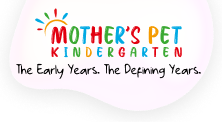
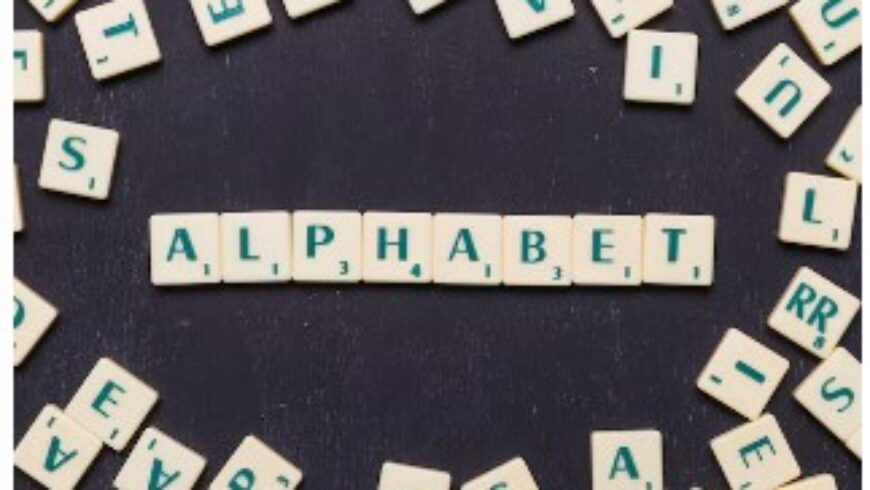
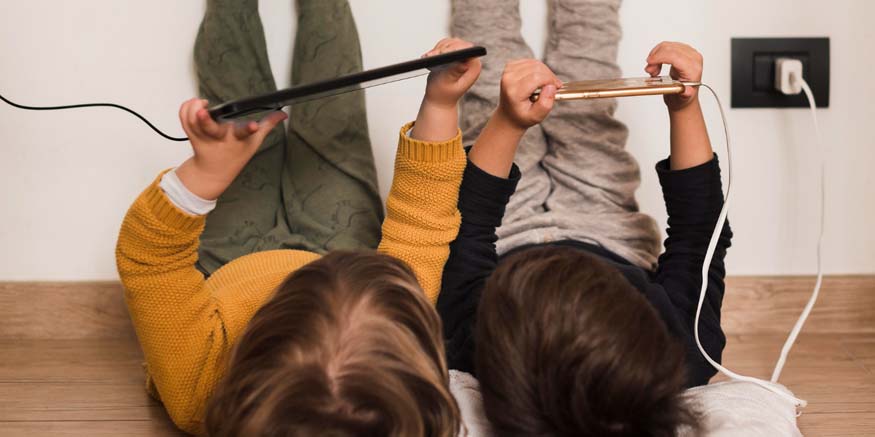
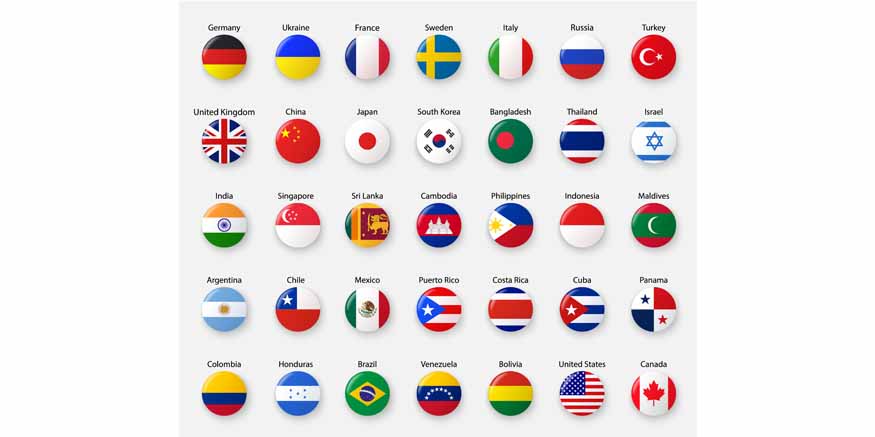

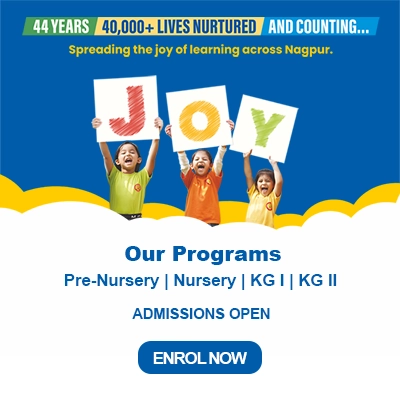
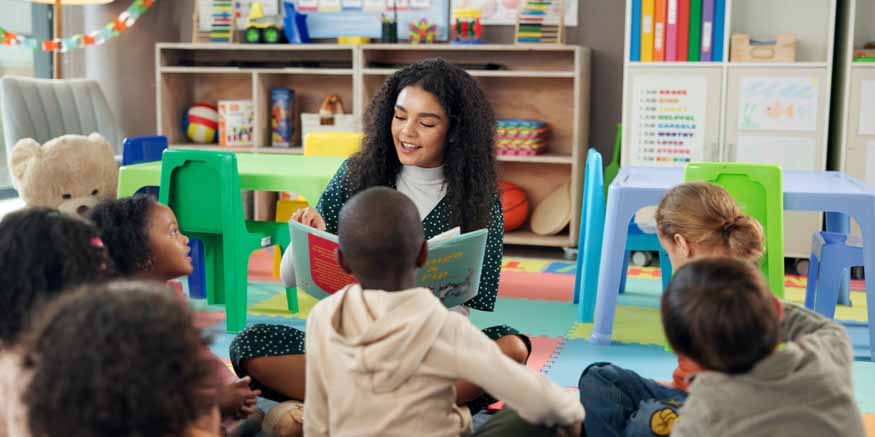
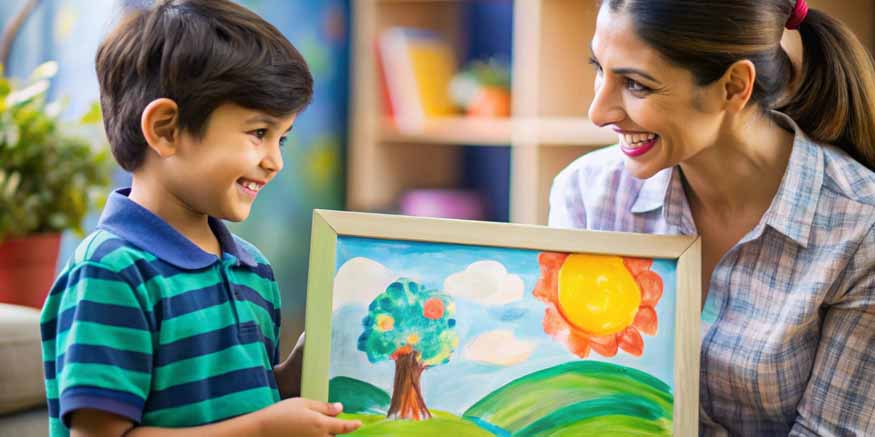
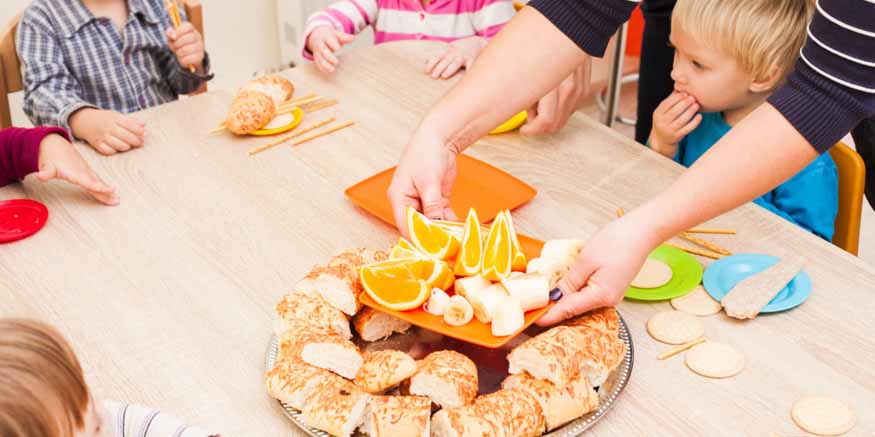
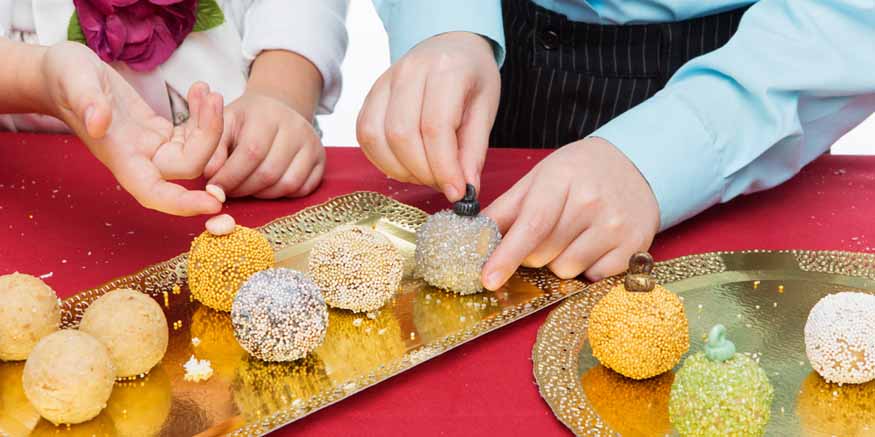

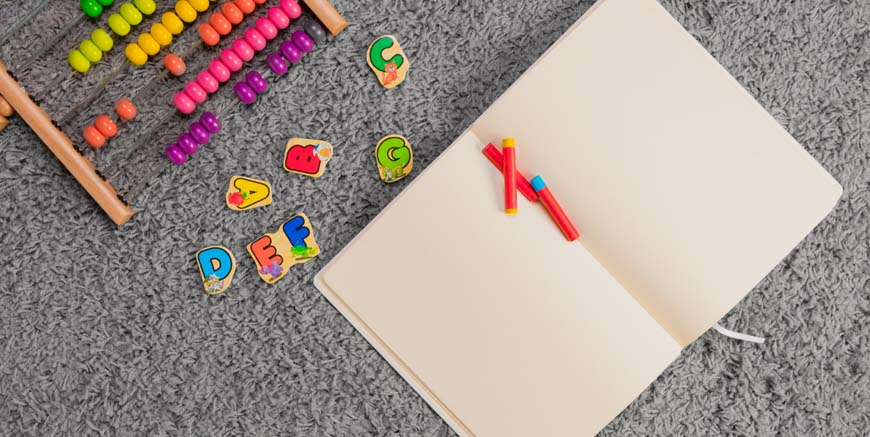

Recent Comments